Trigger Warning: self harm, violence
After the recent news of suicides of Kate Spade and Anthony Bourdain there has been a tremendous amount of discussion about mental illness, the stigmas attached to it and the need to address the struggles of people going through them.
The internet is a great place to discuss issues and notions regarding mental health. It is a powerful stage to break stereotypes around mental illness. One of the biggest advantages of the internet and social media is that it can ensure anonymity. Thus it provides a safe environment, making it easier for people to share their experiences. Interacting with someone struggling with a similar illness on a worldwide platform can be very encouraging.
As much as it is important to talk about these issues, we must make sure that we are not romanticising and glorifying mental illness. At times, it is portrayed as something which is ‘beautiful’ and ‘deep’.
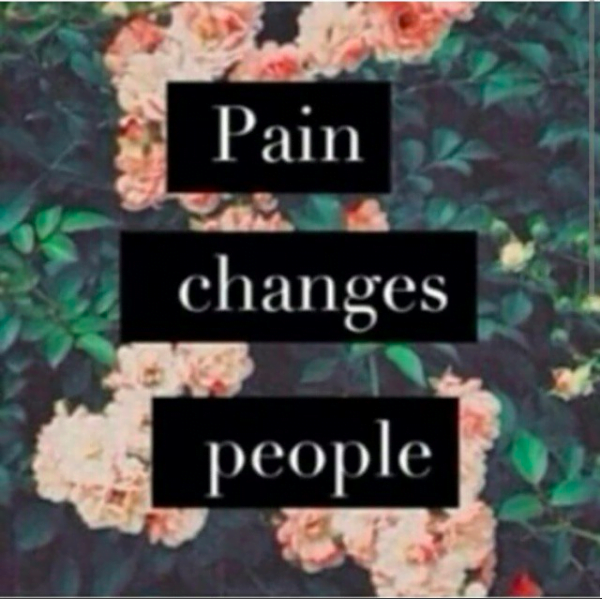
Image Source: iperfectedthesmile1
Especially on social media sites, like Tumblr and Instagram, some communities have developed a very problematic way of dealing with mental illness. They describe mental illness as ‘tragically beautiful’. It implies that pain is pretty and completely disregards the struggles of people who actually suffer from any such illness.
This trend may have started as a way to make people with any kind of mental illness feel inclusive and to reach out them. However, now, this has gone too far. Romanticisation of mental illness is an awful attempt at making them ‘beautiful’. This trend portrays mental illness as ‘edgy’ and ‘cool’. It is believed that having mental illness will aid them to be ‘beautiful’.

Image Source: Odyssey
Here’s the deal – mental illness is not ‘beautiful’ and it does not make you more attractive. It is a very painful physiological and well as physical experience that people go thorough everyday. It affects people’s life and relationships drastically, just like any other illness.
It is hard to understand what mental illness is like unless you have experienced it yourself. Just as the name suggests, it’s an illness which is real and affects a huge percentage of population on a daily basis. Just like any other form of mental illness it requires proper treatment.
What romanticisation does is that it creates a glamorous and fancy portrayal of mental illness. Social media is particularly awful in creating this distorted image of mental health that is sometimes appealing to people, making it an ‘aesthetic’.
A lot of problems arise when we romanticise mental health. Firstly, rather than breaking the stigma around mental health, it feeds to the misunderstanding and misconstructed ideas people have about mental health. When we clasp to such images, we deny ourselves and others to see the illness and people’s suffering.
Social media has turned mental illness into a trend that is glamorous, which shifts our focus from people who are actually suffering from any such illness, by invalidating their experiences. It can be a very isolating ordeal for them.
Secondly, teenagers, influenced by social media, desire having mental illness, which often leads to fake claims of having one. This involves associating any mental illness with everyday events or moods.
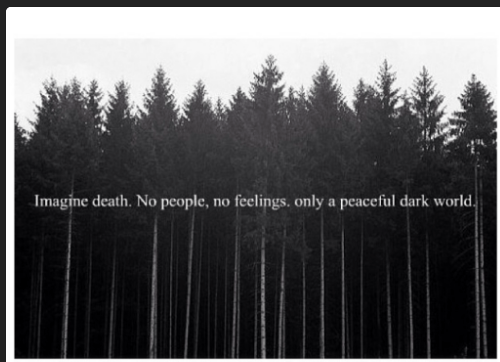
Image Source: Liyah Teraine Tumblr
Depression is not feeling sad and lonely. It affects every aspect of an individual’s life; it even affects the capacity to function productively and properly. According to WHO, around 300 million people suffer from depression worldwide. It requires proper aid and treatment. There is absolutely nothing desirable or artistic about depression.
Anxiety is not a glamorous thing to have. Anxiety actually causes pain, and panic attacks lead to self harm and hyper ventilation. Someone who suffers from anxiety does not view it as something that makes them ‘feel good’. Being incapable of having normal conversations with strangers due to anxiety is not a ‘quirky’ thing. It is an extremely isolating experience.
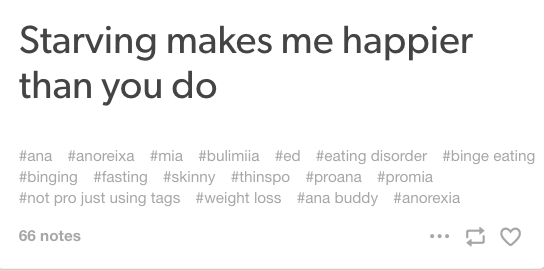
Image Source: Not-Skinny-Enough Tumblr
Similarly, skipping breakfast is not anorexia nor is it ‘fun’ to starve, having a bad sleeping schedule is not insomnia. Such comparisons completely reduce the seriousness of the illness. Claiming to have them, without any proper checkup, is not something that will make us ‘cool’ or ‘popular’ in our social circles. This is very problematic for teenagers who actively suffer from mental illness, and are unable to receive treatment, as their illness becomes desensitised because “everybody has it.”
Thirdly, there is romanticisation of mental illness in art. On social media websites, while giving example of someone like Vincent Van Gogh, who suffered from bipolar disorder and schizophrenia, a link is drawn between mental illness and art.
However, mental illness does not make one’s art great. Though, it might be a form of therapy for someone, it in no way enhances someone’s artistic talent or skills. It is not a ‘desirable’ thing to have in order for a person to be artistic. Moreover, Van Gogh himself wrote in one of his last letters, “Oh, if I could have worked without this accursed disease – what things I might have done.” Thus, mental illness does not enhance anyone’s creativity.
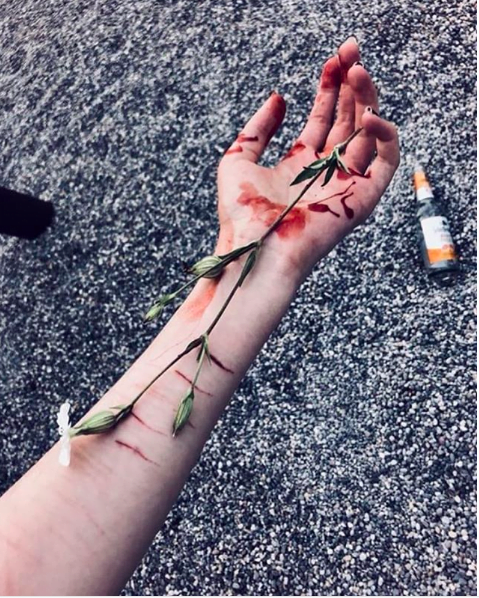
Image Source: deep_edit_thoughts Instagram
Lastly, this trend of romanticisation of mental illness had led to extreme glorification and encouragement of suicide and self-harm. You find pictures of girls with scars on their arms, or a flowery picture of a blade all over Instagram and Tumblr. This is often accompanied by a quote or a caption that scars are ‘alluring’ or ‘beautiful’. Posts like these start justifying self-harm, rather than educating about the need to seek help.
Suicide is seen as a graceful way out. If this notion is kept hyped, it will start presenting itself as a valid choice or a possibility for people with depression. Suicidal people are not ‘angels’, they are human beings who need help. It is our responsibility to help them, provide them with treatment and not to present suicide as a viable option.
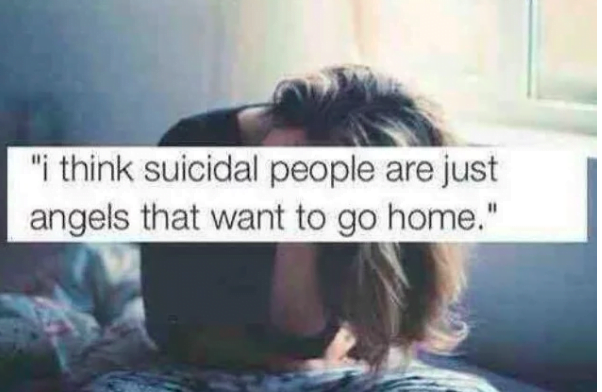
Image Source: The Tab
As a society we need to stop romanticising mental illness, as it distorts the actual issue and in many cases promotes and triggers trauma. By telling people that mental illness is beautiful, we are teaching them not to seek help or look for treatment. We need to start a honest conversation about breaking stigmas around mental illness, but we also need to stop encouraging its romanticisation.
Featured Image Source: Crisis Prevention Institute
About the author(s)
Prerna is a history undergrad student who spends most of her time reading, dancing and arguing why everyone should be a feminist.
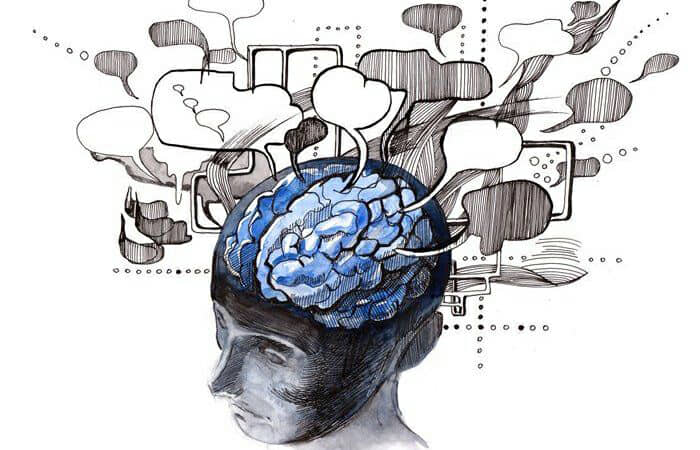

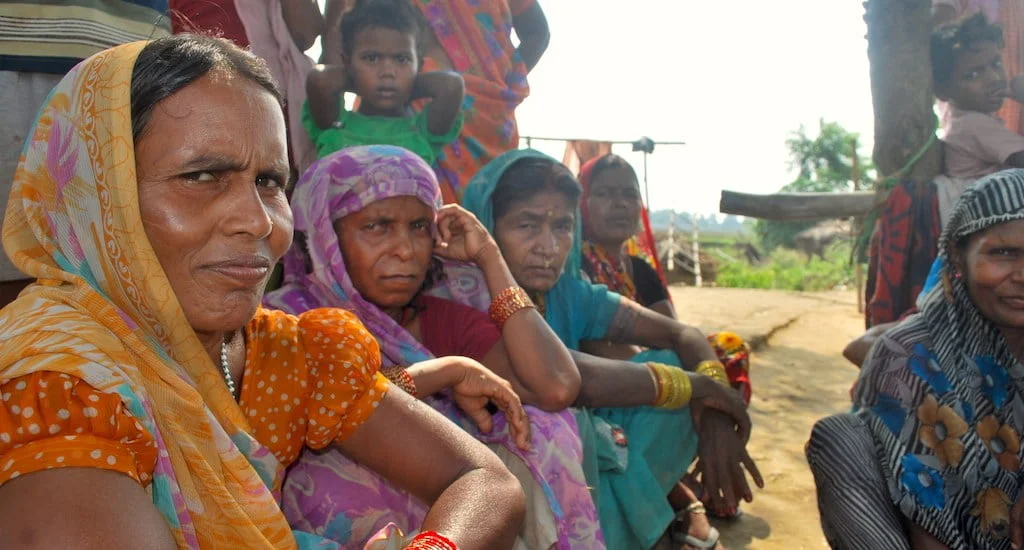
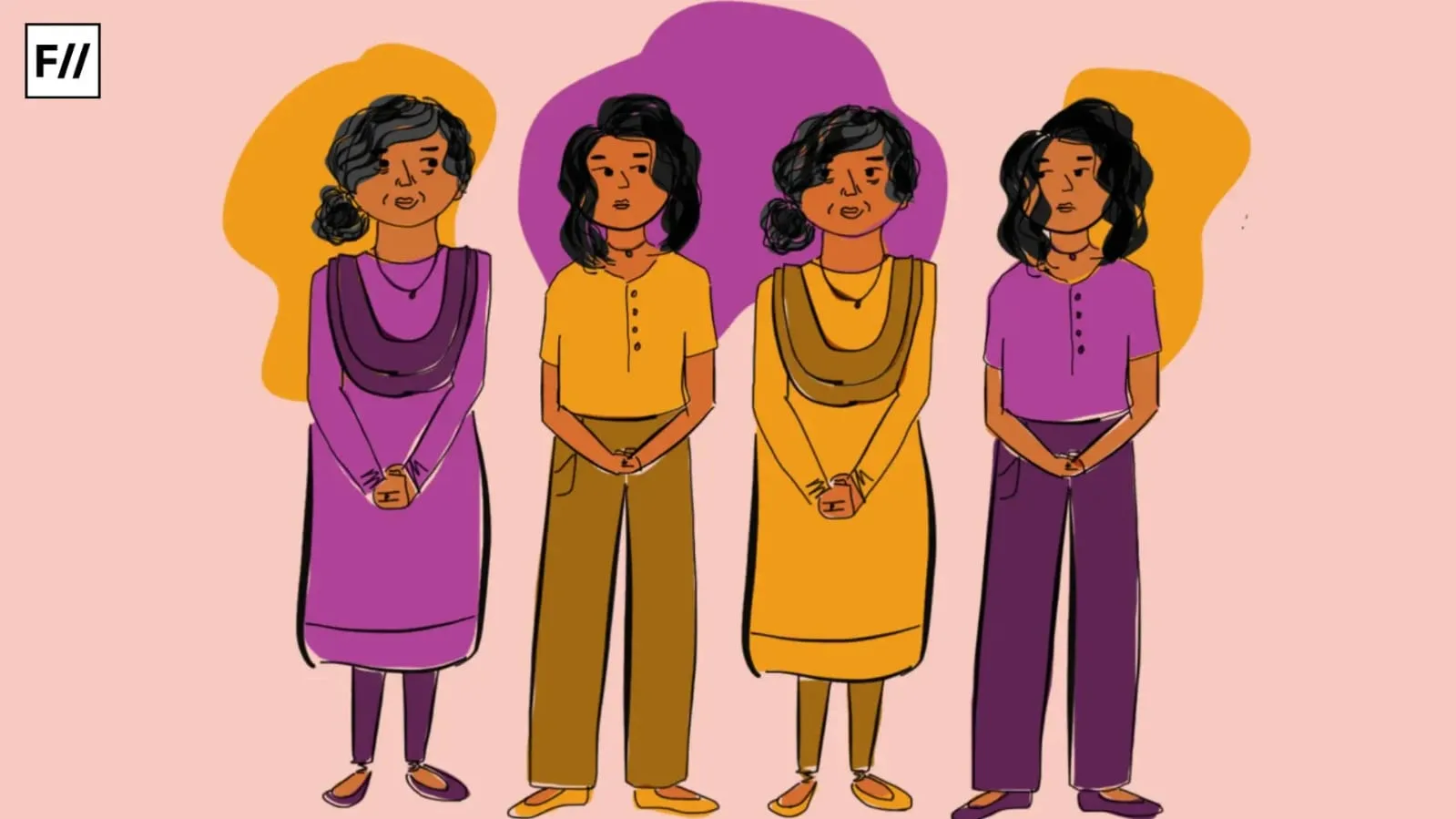

I think that you should put a trigger warning at the top of the page, as there are individuals who may be triggered by the images, including the graphic self harm pictures
Thank you for flagging this. We have added the trigger warning.